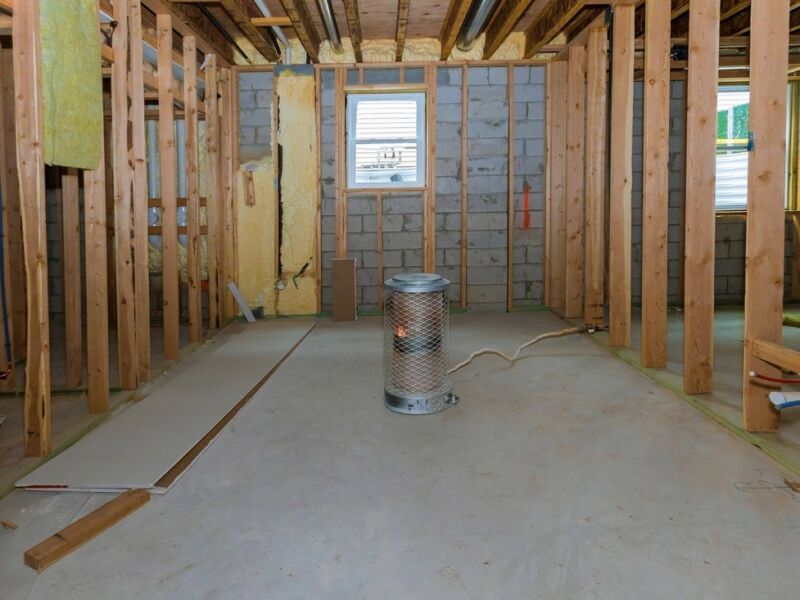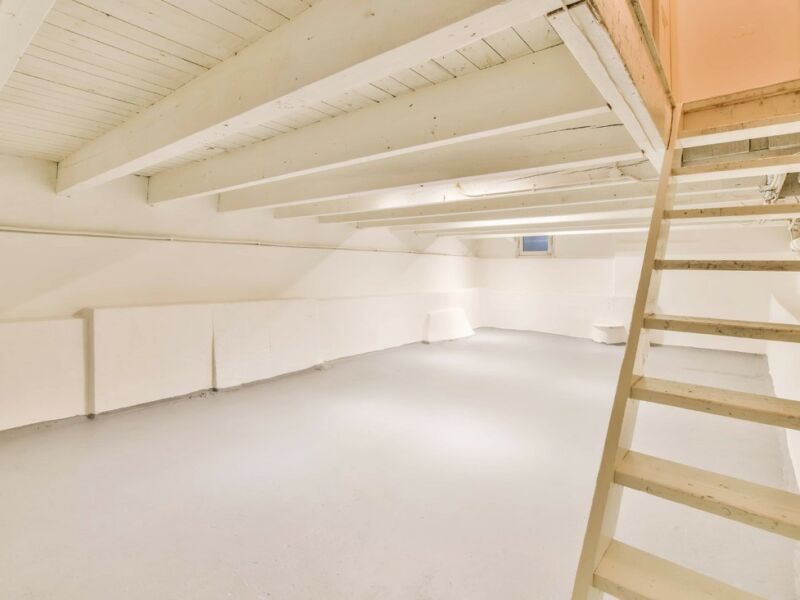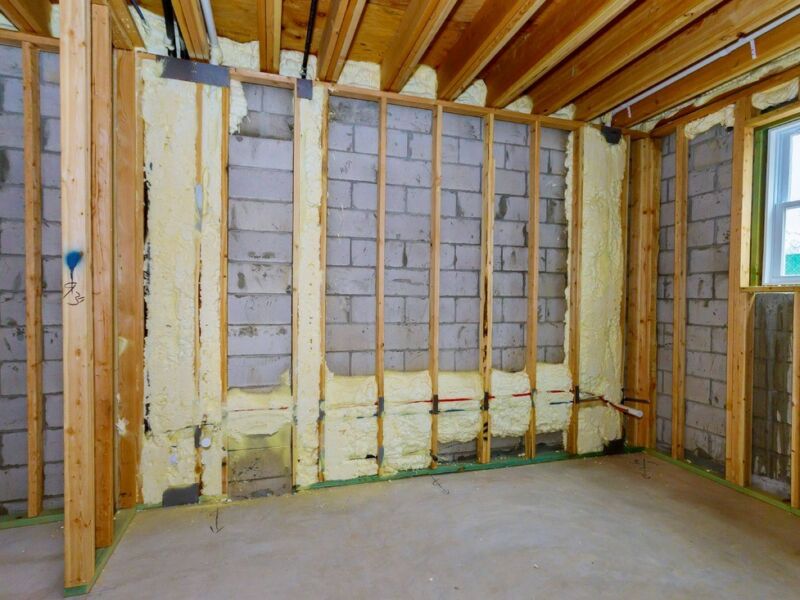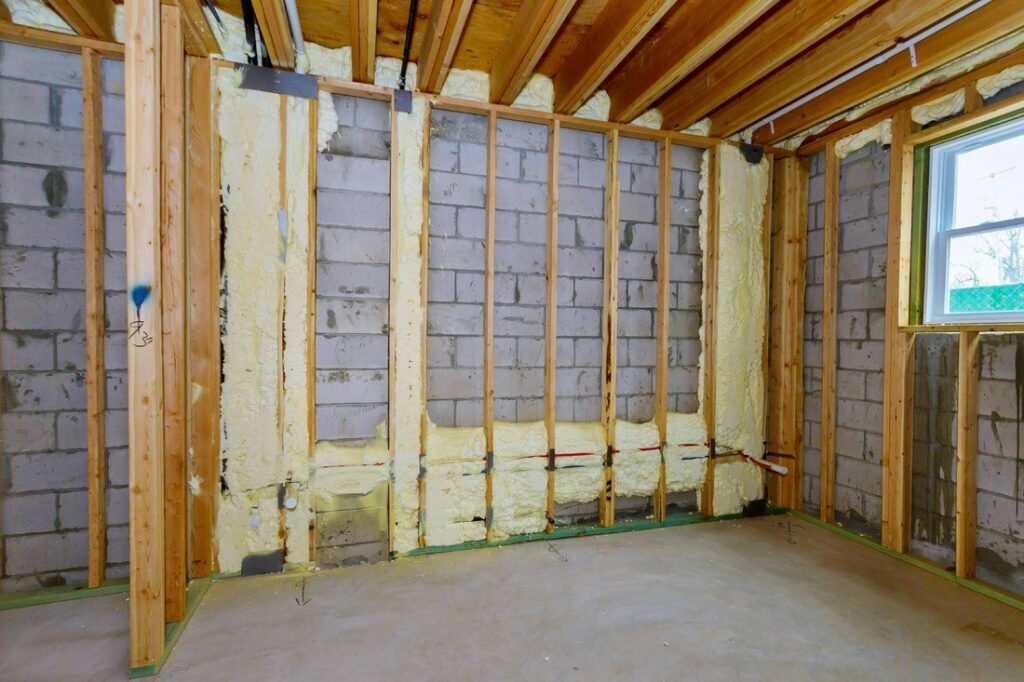Preventing Basement Flooding in Homes with High Water Tables nearby

Basement flooding can be a common problem, especially for homes located in areas with high water tables nearby. A high water table refers to the level at which underground water is found in soil and rock formations. When this water table rises due to heavy rainfall or other factors, it can put pressure on basement walls and floors, leading to water infiltration and potential damage.
The Effects of Basement Flooding
Basement flooding can cause significant damage to your home and belongings. Some of the effects of basement flooding include:

- Water damage to walls, floors, and furniture
- Mold and mildew growth
- Structural damage to the foundation
- Electrical hazards
- Health risks from contaminated water
Understanding the Causes of Basement Flooding in Homes with High Water Tables
There are several factors that contribute to basement flooding in homes with high water tables nearby:
- Heavy rainfall: Excessive rainfall can cause the water table to rise rapidly, putting pressure on basement walls and floors.
- Poor drainage: Inadequate drainage systems around the foundation can lead to water pooling around the basement, increasing the risk of flooding.
- Sump pump failure: Sump pumps are designed to remove excess water from the basement. If a sump pump fails, it can result in basement flooding.
- Cracks in the foundation: Cracks in the foundation walls or floors can allow water to seep into the basement.
Preventive Measures for Basement Flooding

It is essential to take preventive measures to minimize the risk of basement flooding in homes with high water tables nearby. Here are some effective strategies and solutions:
1. Proper grading and landscaping
Ensure that the ground around your home is properly graded away from the foundation. This will help divert water away from the basement and prevent pooling.
2. Install a reliable drainage system
A robust drainage system, including gutters, downspouts, and French drains, can effectively redirect water away from the foundation. Regular maintenance of these systems is crucial to ensure their proper functioning.
3. Install a backup sump pump
In case of a sump pump failure, having a backup sump pump can provide an additional layer of protection against basement flooding. Consider installing a battery-powered or water-powered backup sump pump that can operate even during power outages.
4. Seal cracks in the foundation
Regularly inspect your basement walls and floors for any cracks or gaps. Seal them with appropriate waterproofing materials to prevent water infiltration.
5. Waterproof the basement
Consider applying a waterproof coating or membrane to the interior walls and floors of your basement. This can create an additional barrier against water penetration.
6. Install a drain tile system
A drain tile system, also known as a perimeter drain, can be installed around the foundation to collect and redirect groundwater away from the basement. This can be particularly effective in homes with high water tables.
Conclusion
Preventing basement flooding in homes with high water tables nearby requires proactive measures and regular maintenance. By implementing the strategies mentioned above, you can significantly reduce the risk of water damage and protect your basement and belongings. However, if you do experience basement flooding, it is crucial to address the issue promptly and seek professional assistance for proper cleanup and restoration.
How much does basement flooding repair cost?
What should I do if my basement floods?
- Turn off electricity and gas supply to the basement if it is safe to do so.
- Remove standing water using a pump or wet/dry vacuum.
- Call a professional water damage restoration company for proper cleanup and drying.
- Document the damage by taking photos and contacting your insurance company.
- Address the root cause of the flooding, such as fixing drainage issues or repairing sump pumps.



